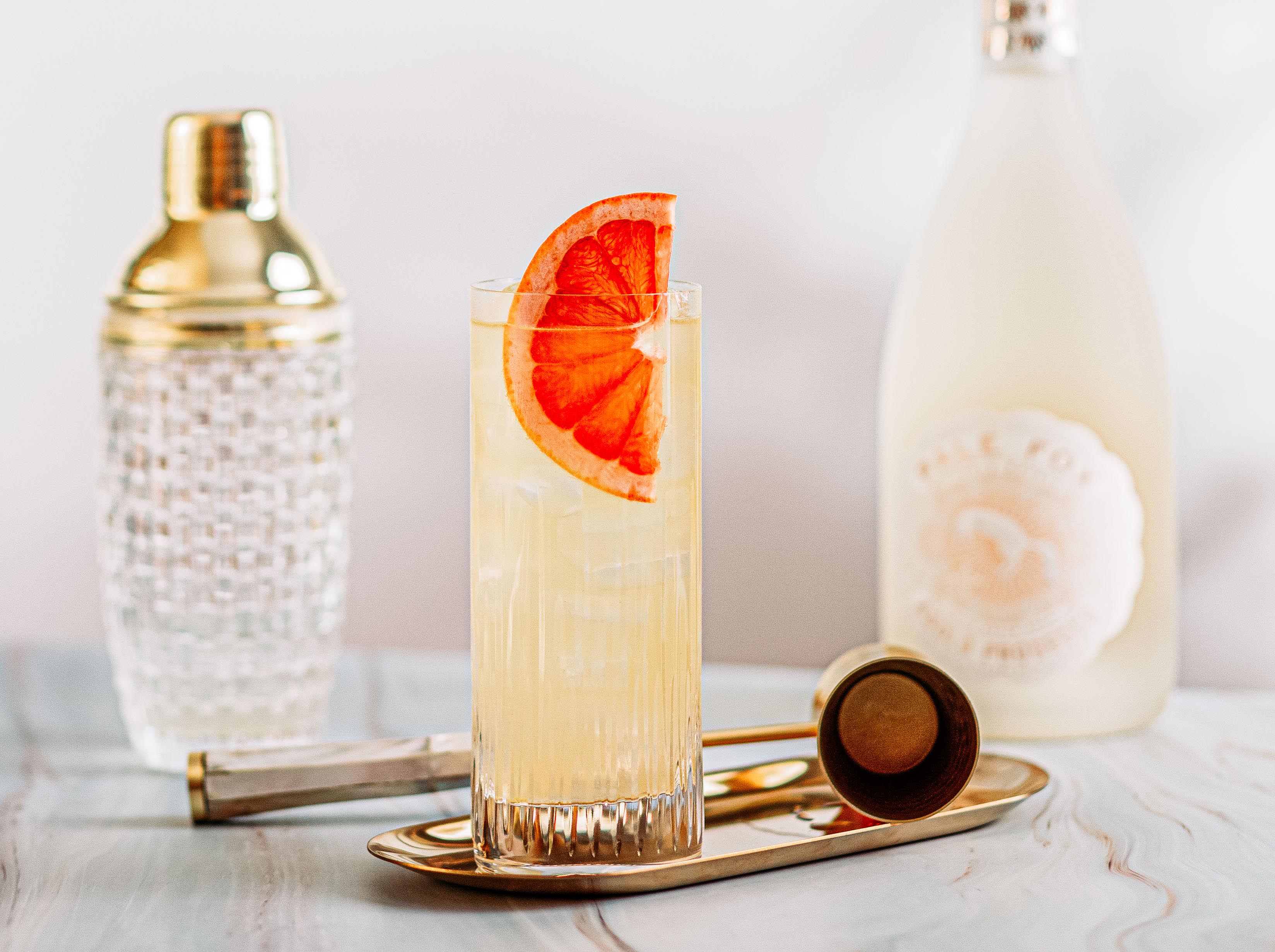Glassware: Does it really make a difference?

4-minute Read
A sure way to impress cocktail party guests or simply to finesse your own at-home mixology skills is to understand the logic behind which glass to use. Yes, in short, glassware does make a difference. From temperature transfer to volume to accentuating aromas, the explanations are as nuanced as the glasses are varied. Not only will using the recommended glassware improve your overall enjoyment of the drink, but your presentation will be professional.
First up, we have the elegant flute. The tall and slender vessel atop a stem accomplishes its purpose of preserving the temperature of your prosecco; the small mouth of the glass and the stem ensure that your hands don’t transfer heat to the contents. Keeping the prosecco chilled allows the maintenance of carbonation, letting you enjoy the persistent fine bubbles in a glass of Pale Fox for even longer. Just remember to tip your glass to a 45° angle whilst pouring to minimise foam!

A coupe glass is habitually seen as rather feminine (we disagree), owing to the fable that the shape was modelled on Marie Antoinette’s breast. Despite this romantic appeal, they are actually first seen in Jean-François de Troy’s 1734 painting Le Déjeuner d’Huîtres. Nonetheless, taking inspiration from the legend, Kate Moss and Claudia Schiffer have both lent their anatomy to a coupe model! The glasses are traditionally used for champagne or prosecco, yet modern coupe glasses are more commonly used for craft cocktails that are shaken before being strained into the glass, such as our Foxglove below.
The recognisable martini glass is made up of a flat cone shape, also on a stem. Have you ever spilt a drink from one of these? Well don’t be embarrassed, supposedly the glass was initially designed so that drinks could easily be tossed when police arrived to bust a speakeasy during prohibition in the 1920s. Used for drinks served ‘up’ (shaken with ice before serving), again the stem prevents your delicious cocktail from becoming too warm.

Copa de balon glasses are shaped with a large wide round bowl, hence their name. Originating from the Basque region of Spain in the 1700s, this method of serving spritz and gin-based cocktails has only recently become widespread. The bulbous curvature prevents ice from melting and diluting your cocktail whilst highlighting the aromas of cordials and botanicals often added to the spritzes, such as strawberry syrup and a blood orange wedge in our Wild Strawberry Spritz.
With its wide and stout form, the design of a rocks glass allows for the presence of large ice cubes (known as rocks). Usually fortified with a sturdy base, the timeless design bears the muddling of ingredients within the glass itself. We suggest that you grab one and try out our Negroni Sbagliato for yourself.

Last of all but perhaps the most commonly used cocktail glass is a highball, or its slightly taller and narrower brother, a collins glass. These glasses are compatible with long cocktails which bartenders often assemble directly inside the glass. Since cocktails in highballs usually consist of a mixer of sorts, the straight upright design makes stirring ingredients trouble-free.
Whatever glass you choose, we have cocktail recipes for all of them. Click here to see our full list.




